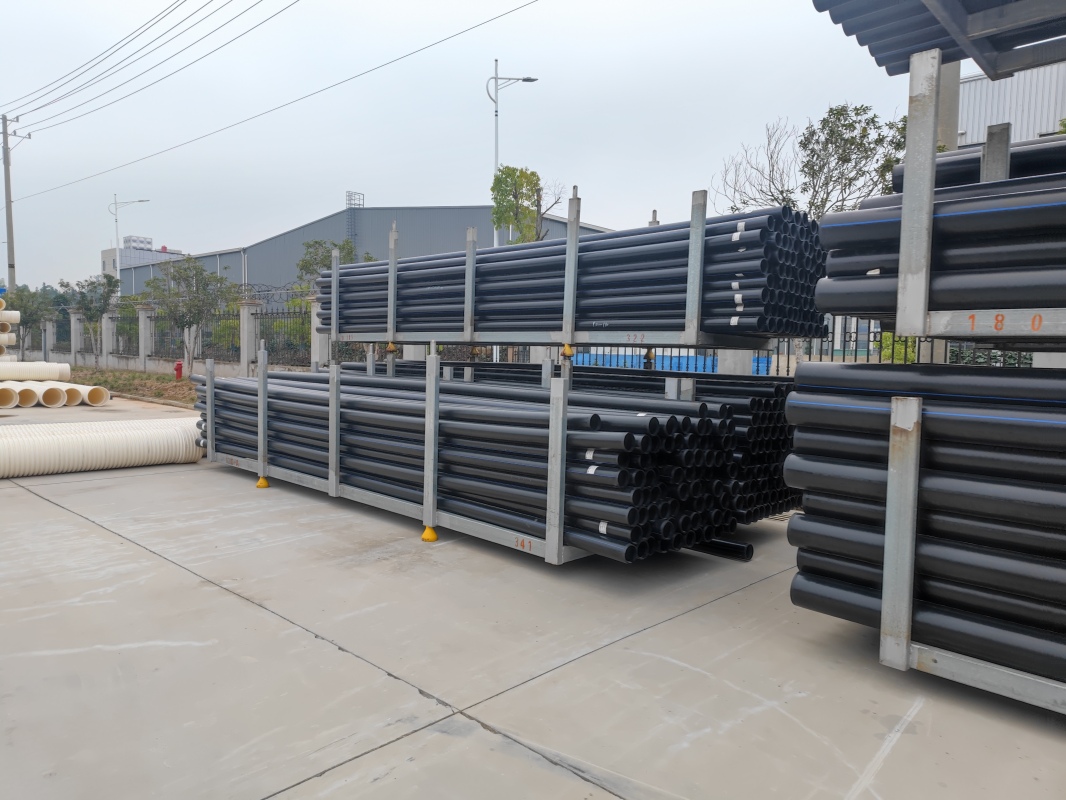
many friends in the decoration or construction will ask: PE pipe can directly through concrete? In fact, the answer is yes, but we have to pay attention to the method - after all, the characteristics of PE pipe and concrete are different, blind construction is easy to bury hidden dangers. Today, from the characteristics of PE pipe, construction points to precautions, one-time clear.
First of all, the characteristics of PE pipe itself determines that it can wear concrete. PE pipe (polyethylene pipe) has two core advantages: one is excellent flexibility, can withstand the extrusion stress of concrete solidification and slight settlement in the later stage of construction, unlike PVC pipe brittle and easy to crack; the second is corrosion resistance, buried in concrete will not rust, will not be eroded by acid and alkali substances, service life can reach more than 50 years, more suitable for long-term pre-burial than metal pipe.
But "can wear" does not mean "wear", the construction of these points must be strictly implemented:
1. Must be pre-buried with casing
directly buried in concrete, later if the pipe leakage or need to be replaced, to smash open the concrete, not only troublesome but also damage the structure. The correct way is to install the casing first - the casing needs to be 1-2 larger than the PE pipe (such as PE pipe is De20, the casing is De25), the material can be PVC or galvanized steel pipe. Both ends of the casing should exceed the concrete surface 5-10cm, which is convenient for later piping and maintenance.
2. Pipe groove treatment should be meticulous
Before concrete pouring, the pipe groove should be dug: 5-10cm thick fine sand or gravel should be laid at the bottom of the groove to avoid sharp stones from piercing the PE pipe; the width of the pipe groove should be more than 1.5 times the diameter of the pipe (such as De20 pipe, the groove width should be at least 30cm), and the depth should cover the pipe with a 10cm concrete protective layer - this can disperse the pressure and prevent the pipeline from deforming.
3. Pipe connection should be firm
PE pipe connection can only be used by electric fusion or hot melt, absolutely not glue! These two ways can make the interface melt into a whole, and the concrete pressure will not be disconnected. After connection, a water pressure test must be done (the pressure is 1.5 times the working pressure, such as the test pressure of the water pipe 1.0MPa) to confirm that there is no leakage before pouring concrete.
4. Do a good job of waterproofing and protection
PE pipes that pass through the floor or wall need to be waterproofed at the gap between the pipeline and the concrete: use a waterproof rubber ring to cover the pipeline, or apply asphalt paint at the interface to prevent water leakage. In addition, do curvature treatment at the bend of the pipeline to avoid stress concentration caused by right-angle bending and later cracking.
In fact, the application of PE pipes passing through concrete is very common: water supply and drain pipes for home decoration, wire bushings in buildings (PE pipes have good insulation), and rainwater/sewage pipes in residential areas are all typical scenarios.
Finally, remind: Be sure to check the design drawings before construction to confirm the specifications, direction and pre-embedded position of the PE pipe; when pouring concrete, avoid direct contact of the vibrator with the PE pipe to prevent cracking. As long as the construction is standardized, PE pipe through concrete is not only feasible, but also can be used stably for a long time.
sum up, PE pipe through concrete is no problem, but the key is to "talk about the method" - choose the right casing, deal with the pipe groove, do a good job of connection and waterproofing, so that PE pipe can play an advantage in concrete and avoid hidden dangers later.


